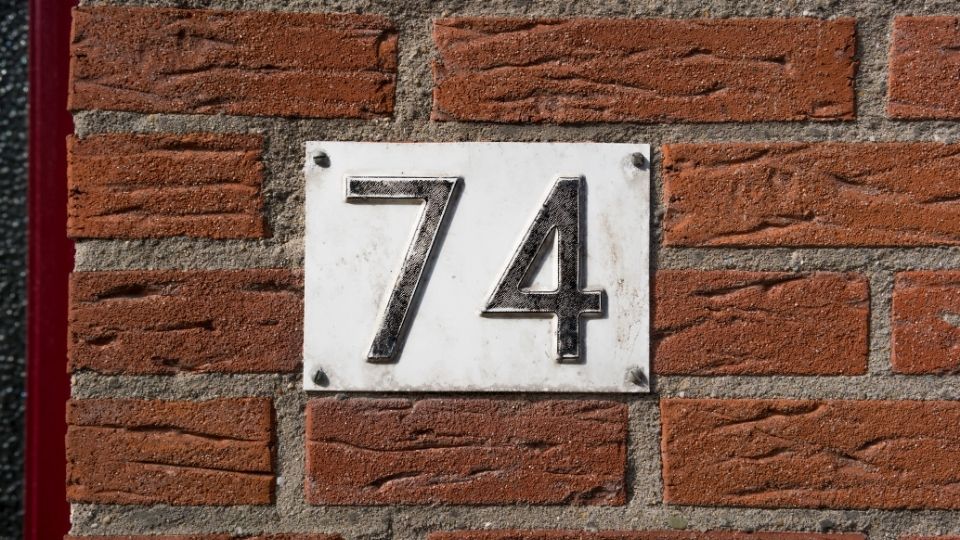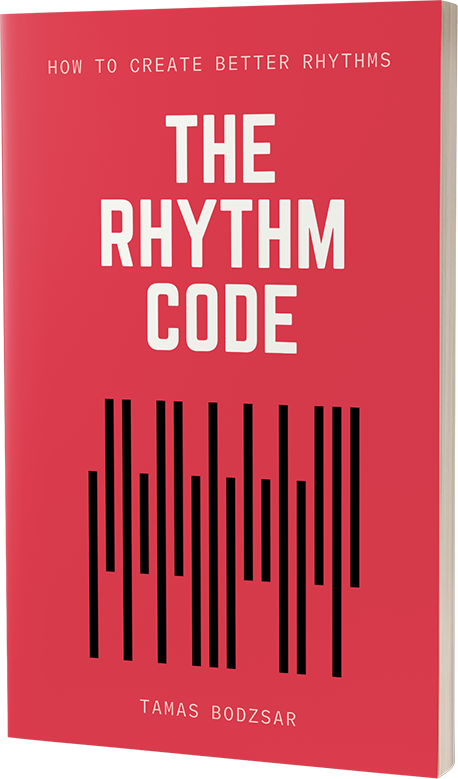
Most songs are written in 4/4 time. And in fact, if you are aiming for writing a hit song, you should probably use a 4/4 time signature. There is a reason why almost all songwriters write their songs in 4/4 today. It’s what people prefer the most. In this article, we will discuss songs from artists like Sting, Peter Gabriel, Radiohead, The Beatles, Foo Fighters. They all created songs in 7/4 time. But take a look at the most popular songs of these artists. (Go to Youtube, search the artist name, and sort the videos by view count.) You can see that none of these 7/4 songs are amongst the most popular ones. Their most popular songs are all in 4/4. But of course, if you want to write something unique, you should try writing a song in 7/4. So let’s take a look at how successful songwriters doing it.
Sting – I Was Brought To My Senses
This is probably my top favorite song from Sting. Even though this is one of his most beautiful songs, I guess it’s not a surprise that a song in 7/4 is not amongst his most popular ones. But this song proves that you can write a beautiful pop song even in 7/4, even though it probably won’t become a hit. The average listener probably doesn’t even notice that it’s not in 4/4, although I do believe that listeners notice it unconsciously.
Regardless of the 7/4 time signature, Sting used very common songwriting tools in this song. So no matter how complicated 7/4 looks like, you can still use the same songwriting tools you have learned from our course, the same way as you would write a song in 4/4.
Interestingly, if you look for the sheet music of this song, Google will give you results for sheets that are written in 6/4. Which is really odd. I have no idea why would someone, who doesn’t hear that the song is in 7/4, publish sheet music. The song would sound completely different in 6/4.

Peter Gabriel – Solsbury Hill
While this song is not his number one most popular song, it’s still the third most popular one on Youtube with 33 million views. This is surprising, considering that it’s in 7/4. But also keep in mind that this song was published in 1977, so 45 years ago! Today, I probably wouldn’t experiment with a song like this, unless I had already become super famous.

If you look for the sheet music of this song, you will find that they transcribed the song by alternating between 4/4 and 3/4. And that’s actually how you can think about a 7/4 time signature. The reason why they transcribe it this way is that it’s easier to read the music. You can really get lost in a long 7/4 meter bar, especially if it’s a fast song. So while it’s not easy to play a song while the meter changes every second bar, it’s probably easier than playing something in 7/4.

Radiohead – 2 + 2 = 5
Radiohead writes very unique songs, not just in terms of meter, but in terms of melody and harmony too. It’s not very surprising that this song is not in their most popular ones. Their most popular song is obviously Creep. And that song has a lot of covers on Youtube, even though the band hates that song, and it’s not a typical Radiohead song. In our songwriting course, we explained some of the reasons why that song became so popular.

In the song “2 + 2 = 5” they use a 7/4 meter in a unique way. The melody splits the bar exactly in the middle, so it creates the feel of polyrhythm or more like polymeter. In other words, you can split the bars in the middle, notate the song in 7/8, and the motifs will start on the first beats of the bars.

These different notations don’t change anything in the song. They both sound the same. You can notate a song in many different ways. You can also notate it with an alternating meter of 3/4 and 4/4, as we have seen before. Although, it would be probably easier to read this melody if we would start with a 4/4 and continue with a 3/4 bar.

Foo Fighters – Times Like These
While the entire song is in 7/4, the guitar riff of “Times Like These” by Foo Fighters is in 7/4. It’s a little bit tricky because the song starts with 6 bars that are in 4/4, and then continues with the guitar riff in 7/4. Although this song is not the most popular one on Youtube, it’s the eighth most popular song of the band on Youtube, which is kind of impressive. And by the way, they used a very specific kind of rhythmical trick in this guitar riff, a trick that we teach in our songwriting course.

The Beatles – All You Need Is Love
Unless you live under a rock, you most probably know the song “All You Need Is Love” by The Beatles. The song starts with the horns, and that section is in 4/4. But then the verse is in 7/4. Interestingly, the chorus is in 4/4 again. This is one of the ways they create a contrast between the parts. The band probably intended to alternate the meter between 4/4 and 3/4, and it’s exactly what you will find if you look for the sheet music of this song.

The secret pattern behind successful songs
Get the eBook for $4.99

